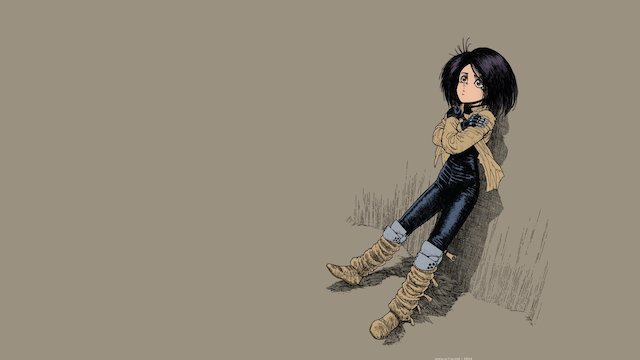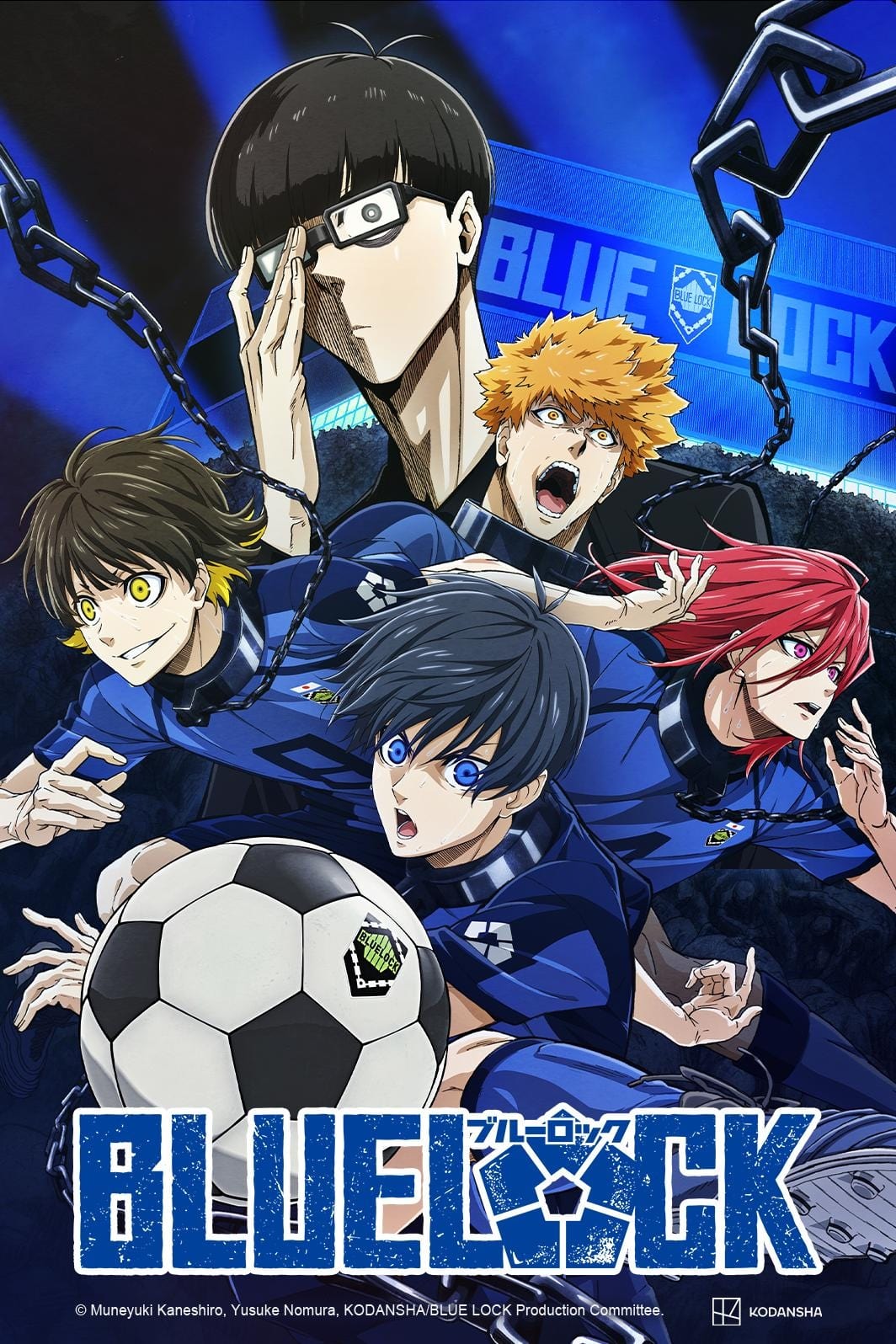
Battle Angel Alita
Where to Watch Battle Angel Alita

Battle Angel Alita, also known as Gunnm in Japan, is a Japanese anime series that is based on the manga of the same name by Yukito Kishiro. This series was released in 1993 as a two-part original video animation (OVA), offering a cyberpunk adventure set in a post-apocalyptic future. Although the anime adaptation only scratches the surface of the extensive world built in the manga, it has become a cult classic, appreciated for its depth of story, character development, and unique artistic style.
The story is centered on a character named Gally (Alita in the Western release), who is a cyborg with a mysterious past. She is found in a scrapyard by a cybernetics doctor named Daisuke Ido, who repairs and rebuilds her. Upon awakening with no memory of her previous life, Gally begins to adapt to her new existence in the scrapyard city known as the Scrap Iron City, which lies below the floating utopia of Zalem where the elite reside.
Scrap Iron City is a grim, lawless place where the strong prey on the weak, and cybernetic body modification is common. The inhabitants of the city live in the shadow of Zalem, dreaming of the life and luxury it promises yet forbidden from ever ascending. The city is filled with bounty hunters known as Hunter-Warriors, who take on the job of law enforcement in this chaotic society, and Gally soon becomes entangled with this aspect of the city's daily life.
As Gally navigates her new world, she discovers within herself highly advanced combat skills. These skills make her a formidable Hunter-Warrior, yet they also hint at her enigmatic past—she has instincts and abilities that are beyond ordinary cyborgs. The story delves into themes of humanity, technology, and the essence of the soul, as Gally seeks to uncover the truths of her existence.
Her journey is emotionally charged, as she forms deep relationships with various individuals including Ido, who becomes a father figure to her, and a young boy named Yugo, who dreams of reaching Zalem. Gally's interactions with the citizens of Scrap Iron City expose the audience to various facets of human nature and the struggles of life in a dystopian society.
The animation style is a testament to the era it was produced in, with hand-drawn artistry that manages to effectively convey the dark and gritty atmosphere of the world inhabited by Gally. The animation team skillfully captures the contrast between the decaying underbelly of Scrap Iron City and the unreachable allure of Zalem, adding a layer of depth to the story's setting.
Furthermore, Battle Angel Alita explores philosophical and moral dilemmas, as characters face questions about the meaning of life and what defines a person. As Gally learns more about her capabilities and purpose, she also uncovers the darker side of the city's reliance on technology and the ways in which society is fragmented by class and privilege.
The OVA adaptation of Battle Angel Alita is notable not only for its intense action sequences and cyberpunk aesthetics but also for its introspective moments and the development of its characters, which are given ample emotional weight. The music and voicework further complement the narrative, enhancing the overall viewing experience and immersing the audience in Alita's journey.
As an adaptation, the anime condenses and rearranges pieces of the manga's plot, focusing on specific story arcs and themes. Fans of the manga have found the adaptation to be an abbreviated but faithful representation of the world and its characters, often using it as a gateway into the broader and more complex narrative available in the original source material.
In conclusion, Battle Angel Alita from 1993 is a significant work in the cyberpunk genre, distinguished by its poignant storytelling, rich thematic content, and distinct visual style. Though condensed in its format as a two-episode OVA, it effectively introduces viewers to a stark vision of the future, a compelling protagonist's search for identity, and a critique of societal constructs, all of which have contributed to its lasting appeal. The anime serves as a window into a world where the boundaries between machine and humanity blur, delivering an experience that continues to resonate with audiences and inspire discussions around its narrative and conceptual underpinnings.




















